Python Data Visualisation Cookbook Second ebook
£21.84 Original price was: £21.84.£1.45Current price is: £1.45.
Product details
Format: Kindle Edition
File Size: 8119 KB
Print Length: 302 pages
Publisher: Packt Publishing; 2 edition (30 Nov. 2015)
Sold by: Books-For-Everyone Media
Language: English
Text-to-Speech: Enabled
X-Ray: Not Enabled
Word Wise: Not Enabled
Enhanced Typesetting: Enabled
Python Data Visualisation Cookbook – Second Edition 2nd Edition, Digital Edition
by Igor Milovanovic (Author), Dimitry Foures (Author), Giuseppe Vettigli (Author)
About This Book
- Learn how to set up an optimal Python environment for data visualisation
- Understand how to import, clean and organise your data
- Determine different approaches to data visualisation and how to choose the most appropriate for your needs
Who This Book Is For
If you already know about Python programming and want to understand data, data formats, data visualisation, and how to use Python to visualise data then this book is for you.
What You Will Learn
- Introduce yourself to the essential tooling to set up your working environment
- Explore your data using the capabilities of standard Python Data Library and Panda Library
- Draw your first chart and customise it
- Use the most popular data visualisation Python libraries
- Make 3D visualisations mainly using mplot3d
- Create charts with images and maps
- Understand the most appropriate charts to describe your data
- Know the matplotlib hidden gems
- Use plot.ly to share your visualisation online
In Detail
Python Data Visualisation Cookbook will progress the reader from the point of installing and setting up a Python environment for data manipulation and visualisation all the way to 3D animations using Python libraries. Readers will benefit from over 60 precise and reproducible recipes that will guide the reader towards a better understanding of data concepts and the building blocks for subsequent and sometimes more advanced concepts.
Python Data Visualisation Cookbook starts by showing how to set up matplotlib and the related libraries that are required for most parts of the book, before moving on to discuss some of the lesser-used diagrams and charts such as Gantt Charts or Sankey diagrams. Initially it uses simple plots and charts to more advanced ones, to make it easy to understand for readers. As the readers will go through the book, they will get to know about the 3D diagrams and animations. Maps are irreplaceable for displaying geo-spatial data, so this book will also show how to build them. In the last chapter, it includes explanation on how to incorporate matplotlib into different environments, such as a writing system, LaTeX, or how to create Gantt charts using Python.
Style and approach
A step-by-step recipe based approach to data visualisation. The topics are explained sequentially as cookbook recipes consisting of a code snippet and the resulting visualisation.
Product description
Be the first to review “Python Data Visualisation Cookbook Second ebook” Cancel reply
You must be logged in to post a review.
Related products
Computing & Information Technology
Computing & Information Technology
Computing & Information Technology
Computing & Information Technology
Computing & Information Technology
Computing & Information Technology
Computing & Information Technology
Web Development


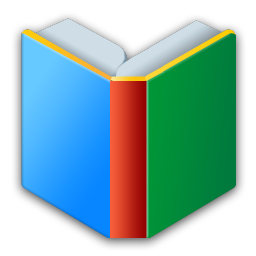



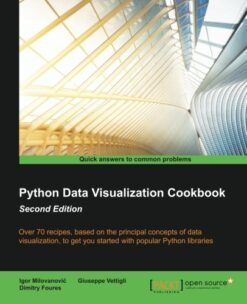
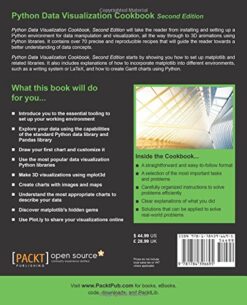
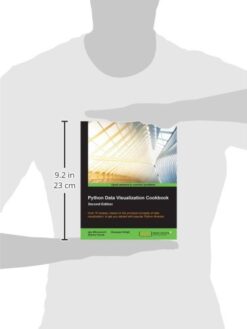
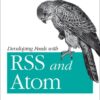
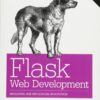
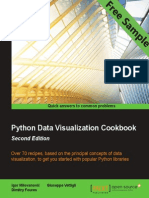
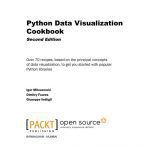

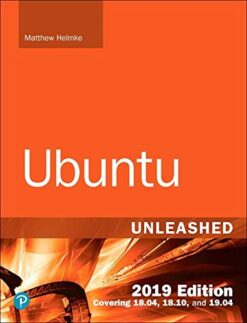


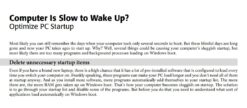
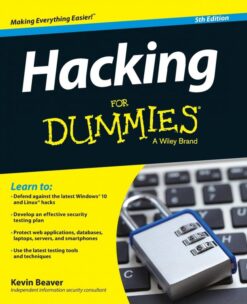
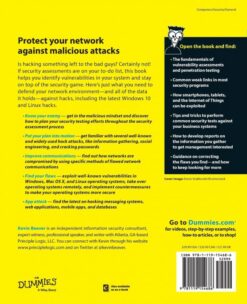
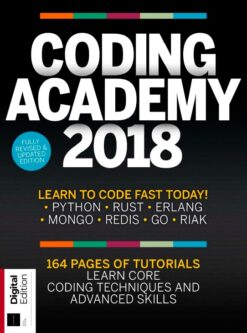
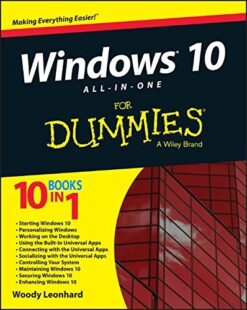
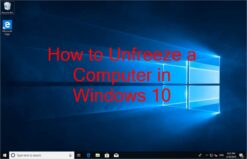
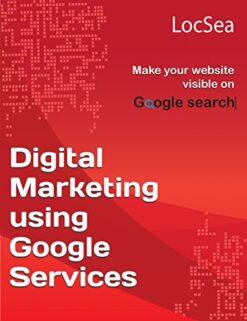

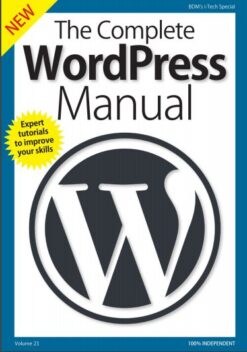
Reviews
There are no reviews yet.